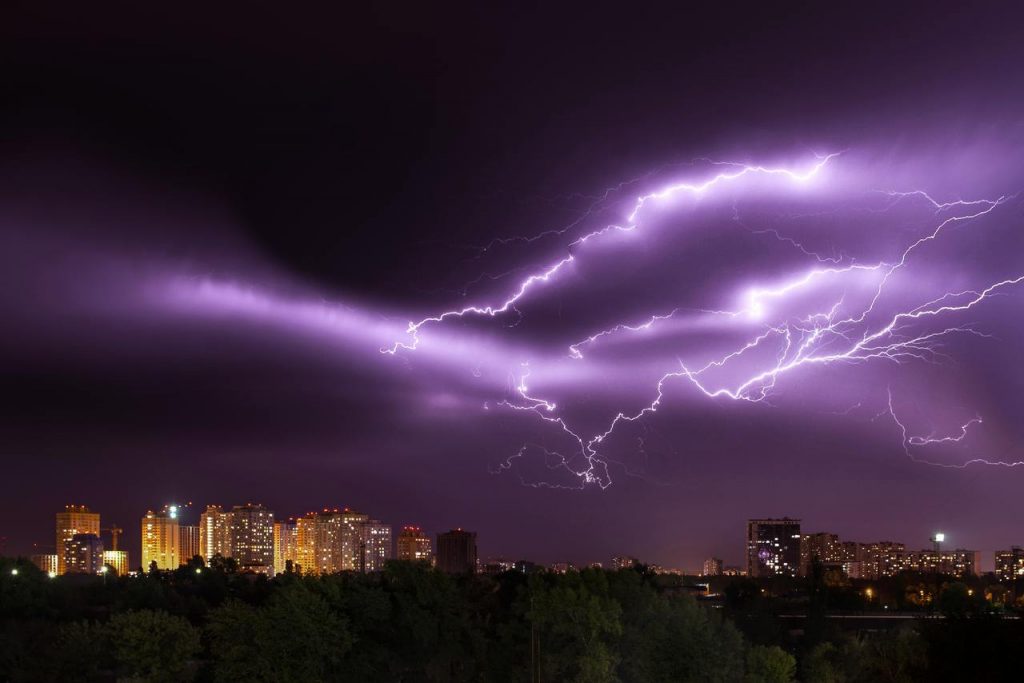Like many electronic items, security systems can take some time to learn how to operate. While we certainly install the easiest-to-use equipment on the market, certain commands or actions that do not get used often still deserve further attention and instruction. In this post, we share some tips to help you turn off your security system when needed.
Because customers do not need to power their alarms off often, we will share some times where it just might be the best thing to do. From there, we will look at some important things to keep in mind before moving forward. Taking the right steps before turning your alarm off can increase security and convenience. We will then move into the “X’s and O’s” of what steps are necessary to properly complete this task. Occasionally, customers fail to completely power their system down. This can create the need to buy new security equipment. Finally, we will discuss fixing the issues that made you power your alarm down in the first place. Doing so will allow you to power your alarm back up as soon as possible. Now, let’s look at some reasons you may want to turn off your security system!

Expected power outages from severe weather represents a popular reason that customers power down their alarms.
Reasons You May Wish to Turn Off Your Security System
As we pointed out in our post Tackling Ten Common Home Security Myths, the prospect of having a “runaway” alarm system for one reason or another frightens many alarm customers — or potential customers considering home security. A runaway panel will stay in alarm even when no danger is present. This causes quite a bit of commotion, and potentially even unwanted police visits. In reality, this situation rarely happens. However, security systems do “beep” to alert users to trouble conditions. This gets increasingly frustrating when new owners of a property move in to find an existing system in “trouble.” Without knowledge of how to work someone else’s old alarm, powering it down temporarily may provide respite from the alerts.
Sometimes, powering down the alarm works as a proactive measure instead of a reactive one. For example, many customers power down their alarms when expecting a prolonged power outage. If your property’s power goes down, a heavy-duty backup battery keeps the alarm running. While the backup battery often provides a day or two of power, it will eventually run out of juice. At this point, customers have to buy a new backup battery for their alarm. If you anticipate this scenario, it might suit you well to power your alarm down completely. Doing so will save your backup battery and prevent you from having to buy a new one. Now that we’ve discussed why people turn their alarms off, let’s look at what doing so might bring with it as a result so you can anticipate the consequences as well.
Potential Consequences of Powering Your Alarm Down
Some of the alarm systems we install exist solely for the purpose of creating a blaring siren response to warn of a break-in and scare intruders away. However, the majority of our security systems will also create a police response if necessary. This service requires creating a connection between an alarm system and our central station. Upon an alarm’s activation, our central station calls the premises and, if necessary, dispatches the authorities to check on the situation. Based on a customer’s preferences, sometimes powering a system down will create this response. Therefore, we always warn customers that this action may create phone calls. However, alarm users can bypass this response by calling their alarm company and putting their alarm on “test” mode. Doing so will cancel any central station response due to turning the alarm off!

An alarm’s keypad, such as this Honeywell model, controls your alarm system, but it does not have the parts you need to power your alarm down.
Additionally, some alarm systems have smoke and fire detection on them. We urge customers to look into this possibility before powering down an alarm. Unfortunately, some property owners disable their life safety devices by turning their alarm systems off. If you are unsure about this, schedule a visit with a security company such as ourselves who can let you know for sure if you have fire detection connected to a malfunctioning burglar alarm. Taking this step can ensure that you install working smoke, heat, and carbon monoxide detection before unplugging your alarm and disabling the existing monitored devices. At this point, we’ve seen what you should do to prepare to turn off your alarm. Next, let’s look at the steps you will likely need to complete to accomplish this task!
Finding the Proper Alarm Components
When using their alarm system, customers often work exclusively with a keypad. While important, the alarm keypad, such as the one pictured, only represents an “arm” of a security system, not the “brains.” Most alarms also have a hardwired panel in the basement or in a closet. Some all-in-one alarms have a thick body with the keypad on the front of the panel itself. Either way, the installing technicians plug this panel into an outlet to create power using a standard transformer. As you can probably guess, unplugging this transformer represents an important step to powering the entire alarm down.
Furthermore, as we mentioned earlier, alarm panels also contain a backup battery. Unplugging the alarm system without unplugging the battery will allow the system to stay up and running for several hours. Eventually the backup battery will drain, but at that point you will need a new one upon turning the alarm back on. Instead, open the alarm panel up and disconnect the wire connections at the battery’s terminals. At this point, your alarm will stop operating completely. These steps will power down any alarm panel. However, let’s take a look at how our preferred alarm allows you to complete this task in an even more intuitive fashion!
A Simpler Solution with the “Latest and Greatest” in Alarm Technology
Over the last couple years, we’ve begun installing the QOLSYS IQ Panel 2 for new alarm installations whenever possible. An easy-to-navigate, modern touchscreen is one of many features of this security system. Customers can arm and disarm their alarm, as well as complete system programming and other tasks, through intuitive touchscreen-based menu navigation. Included in these tasks is the process of powering down your alarm system! Just as you can turn your smartphone or tablet off with a few menu commands, the same goes for the QOLSYS IQ Panel 2! You will need a valid alarm code to complete this task for security reasons. Once you provide this, you can easily power the system down and back up again without jumping through any hoops. Now, let’s look at how you can prepare to address any pressing alarm issues before completing the shut-down process.

Knowing what steps you need to take to fix your alarm’s issues will get it up and running again quickly after you power it back up.
Fixing the Issues at Hand
Whenever possible, taking a picture of an alarm keypad’s display before turning off your security system can go a long way towards getting it up and running again. As an added layer of security, we recommend calling an alarm company such as ourselves to look at the system before powering it down. These steps will help us know what to bring back to get the alarm up and running again.
For example, sometimes the alarm’s issues come from inactive phone lines. If you see a message such as “communication failure” on your alarm’s keypad, this is often the case. Activating your phone lines again can clear this issue. Likewise, alarms with a low backup battery will “beep” periodically to let you know. If you choose to power the alarm down while waiting for a new battery, replacing the battery will generally allow you to turn the alarm on again without any issues.
Sometimes, an alarm will require upgraded components to run smoothly again. For example, systems with out-of-date and malfunctioning smoke and carbon monoxide detectors will stay in “trouble” mode until you fix this issue. In this case, we recommend changing out your detectors as soon as possible rather than powering the system down. If you do need to temporarily turn the alarm off, do not do so without installing standalone smoke alarms for life safety purposes. Wherever your security system’s issues lie, knowing what steps to take before powering the system back up goes a long way towards a smooth reboot!
Putting it All Together
We hope that this post will help you turn off your security system if and when you ever need to! If you have questions about the material presented here, we encourage you to contact us. We will happily answer any questions you have about home or commercial security. Furthermore, we offer free site surveys for both new and existing customers. During our visit, we can address any concerns you have and even make recommendations of our own. Perhaps you have an existing system in a property you bought and wish to power it down and start again with new technology. Or maybe you are unfamiliar with the industry and wish to get started on the right foot. Either way, we can create a plan that efficiently addresses your security needs!
